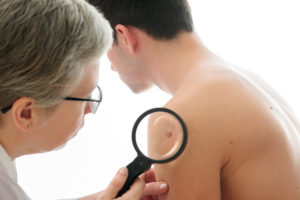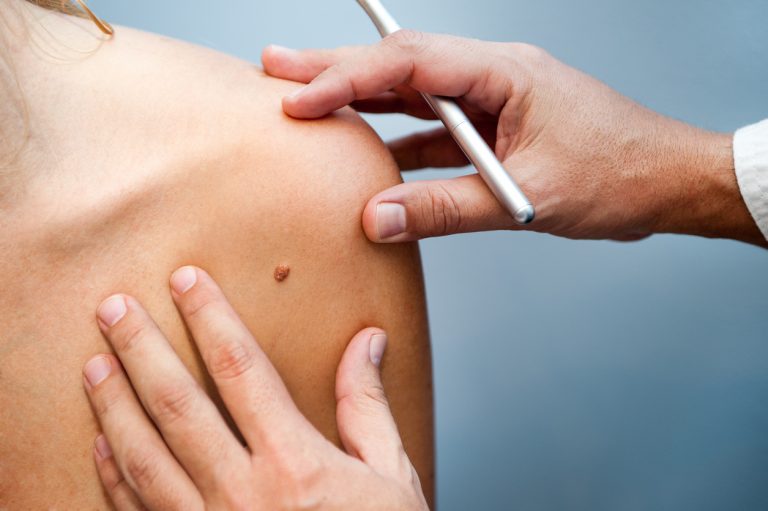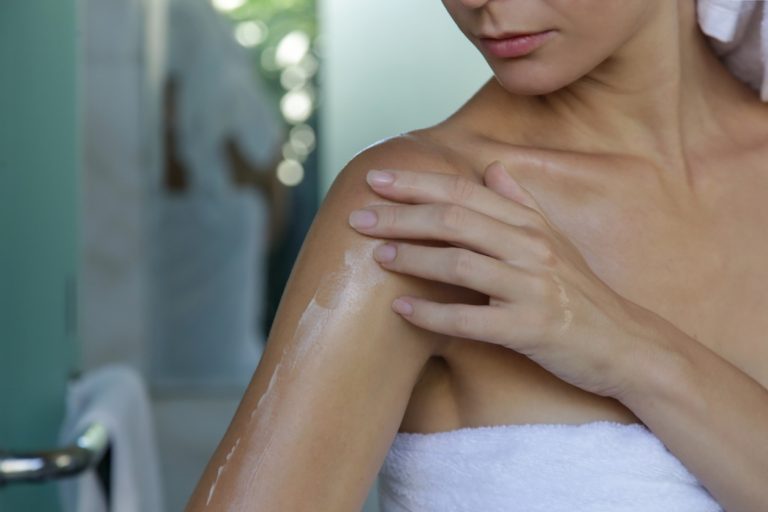
Protecting your skin when you work outside
Here in Australia, when working outdoors you must make looking after your skin a priority. We can help with your skin health.
Dr Michael Rich is a specialist dermatologist who has been performing tumescent liposuction for over 30 years. Find out if Liposuction is suitable for you at ENRICH Clinic.
At ENRICH Clinic, we have a wide range of dermatological and cosmetic body treatments tailored to individual body and patient needs.
At ENRICH Clinic, our treatments are performed by our medical team consisting of doctors, nurses, and dermatologists and are tailored to each patient’s skin health needs.
ENRICH Clinic is committed to your skin health and well-being with a range of dermatological & cosmetic treatments tailored to the individual. Our treatments are performed by our medical team consisting of doctors, nurses, and dermatologists.
Skin health is essential for everyone. ENRICH Clinic has a wide range of technologies and dermatological solutions to help you achieve your skin care goals.
You’ve seen the news–skin cancer is a major public health concern in Australia and has one of the highest incidence rates globally. With our country’s unique climate and love for outdoor activities, we are exposed to the sun’s harsh ultraviolet (UV) radiation more frequently than in other parts of the world. Approximately 25 per cent of Australians will be diagnosed with some form of skin cancer by age 70.
While skin cancer affects people of all genders, a striking trend emerges when we delve into the statistics: men are at a significantly higher risk of being diagnosed with skin cancer than women. This disparity raises important questions about the factors contributing to the gender gap in skin cancer diagnosis rates.
We will explore the reasons behind the heightened risk for men, discuss preventative measures and emphasise the importance of early detection and treatment.
But first, let’s talk numbers.
Skin cancer incidence generally increases with age. Australians aged 60 and over account for a significant portion of all skin cancer cases, with the highest rates amongst those aged 70 to 79. However, younger Australians are not immune, as melanoma, the most aggressive form of skin cancer is one of the most common cancers diagnosed in people aged 15 to 29.
Men are more likely to be diagnosed with skin cancer than women. For instance, one study indicates that 1 in 21 women is at risk of developing skin cancer, while the risk for men is higher at 1 in 14. Another source reveals that out of 14,846 individuals diagnosed with melanoma in Australia in 2017, approximately 60% were men. Gender disparities are also noticeable when it comes to mortality rates. In 2020, Australians had a 1 in 228 chance of succumbing to melanoma by age 85. However, men faced a 1 in 166 chance, while women had a lower risk at 1 in 368.
Skin cancer rates in Australia can vary by geographical location, with some states and territories experiencing higher incidence rates than others. Queensland typically has the highest skin cancer rates, followed by Tasmania, New South Wales and Western Australia.
These higher rates may be attributed to climate, sun exposure, and outdoor lifestyle habits. In addition, people living in rural and remote areas may have less access to skin cancer prevention resources and screening services, which could contribute to a higher incidence rate in these regions.

Men’s skin is generally thicker than women’s, with a higher concentration of collagen and elastin fibres but less fat beneath the surface. This difference in skin structure may partially explain the increased risk of skin cancer in men, as it could influence how UV radiation penetrates and damages the skin. Also, research indicates that women’s skin may possess a superior ability to repair the damage inflicted by UV rays.
Some studies suggest that serum-free testosterone, the portion of testosterone hormone in the bloodstream that is not bound to any proteins, is linked to a higher risk of melanoma. Testosterone is an essential hormone produced primarily in the testicles of men and, to a lesser extent, in women’s ovaries. Because men have more of this hormone, they are more susceptible to skin cancer.
Men may have a higher cumulative exposure to UV radiation due to their occupation or leisure activities. For example, outdoor workers and those participating in outdoor sports are more likely to be exposed to higher levels of UV radiation, increasing their risk of skin cancer.
Men are less likely than women to adopt sun-protective behaviours, such as wearing sunscreen, hats, and protective clothing or seeking shade during peak UV hours. This lack of sun protection increases their risk of skin cancer.
Men are less likely to perform regular skin self-examinations, which can help detect early signs of skin cancer. This may lead to delayed diagnosis and treatment, increasing the risk of more advanced skin cancer stages and poorer outcomes.
Studies have shown that men are generally less likely to seek medical advice and attend routine health check-ups than women. This may result in fewer opportunities for skin cancer screening, early detection, and intervention, ultimately leading to a higher risk of skin cancer.
Although these factors may not directly cause skin cancer, they can impact the overall health and immune system, affecting the body’s ability to prevent and fight cancer.
Smoking has been linked to an increased risk of various types of cancer, including skin cancer. And men are more likely to smoke than women.
A healthy diet is crucial in maintaining our overall health and a robust immune system. Consuming a diet rich in fruits, vegetables, whole grains, lean proteins, and healthy fats can provide essential nutrients that help support the body’s natural defences against cancer. However, men are more likely to consume red meat, high-sucrose foods and alcohol, which can increase cancer risk.
Proven strategies for reducing skin cancer risk involve a combination of sun protection measures, lifestyle changes, and regular skin checks. Integrating these strategies into your daily routines can effectively lower your risk of developing skin cancer.

Early detection through regular self-examinations and professional skin checks plays a crucial role in improving treatment outcomes and reducing the severity of the disease. By prioritising skin cancer screening, you can take control of your health and significantly increase your chances of successful treatment.
Call us today on 9500 9500 to book your skin check in Melbourne.
*With all surgeries or procedures, there are risks. Consult your physician (GP) before undertaking any surgical or cosmetic procedure. Please read the consent forms carefully and be informed about every aspect of your treatment. Surgeries such as liposuction have a mandatory seven-day cooling-off period to give patients adequate time to be sure of their surgery choice. Results may also vary from person to person due to many factors, including the individual’s genetics, diet and exercise. Before and after photos are only relevant to the patient in the photo and do not necessarily reflect the results other patients may experience. Ask questions. Our team of dermatologists, doctors and nurses are here to help you with any of your queries. This page is not advice and is intended to be informational only. We endeavour to keep all our information up to date; however, this site is intended as a guide and not a definitive information portal or in any way constitutes medical advice.
"*" indicates required fields
Combining Dr Rich’s dermatological skill with his knowledge of restorative skin regimes and treatments, the ENRICH range is formulated to help maintain and complement your skin. Our signature Vitamin C Day & Night creams are now joined by a Vit A, B,&C Serum and a B5 Hyaluronic Gel, both with hydration properties and much, much more.

Here in Australia, when working outdoors you must make looking after your skin a priority. We can help with your skin health.

In this article, we take a look at some of the information around melanoma, the process you go through after being diagnosed, and the best ways to proceed.

Non-melanoma skin cancers (keratinocyte cancers) are the most common form of cancers in Australia and are generally not life-threatening

There are so many reasons making your own products at home is a great idea, but when it comes to sunscreen, the jury is out: don’t do it!
Subscribe to the ENRICH newsletter and receive latest news & updates from our team.
Enrich Clinic acknowledges the Traditional Lands of the Wurundjeri Woi Wurrung and Bunurong peoples of the East Kulin Nations on which we work and trade. We pay respect to their Elders past, present and emerging. We extend our acknowledgement and respect to the LGBTQIA+ community who we welcome and support. Read our full Acknowledgement Statement here
